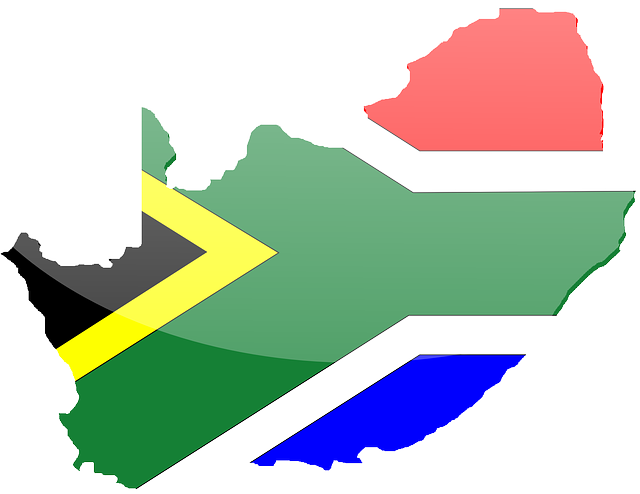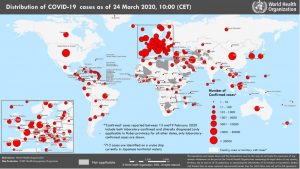Pretoria – According to Statistics South Africa (Stats SA), 7.5% of South Africans have a disability.
Briefing reporters on the Profile of Persons with Disabilities in SA Report, on Tuesday, Statistician General Pali Lehohla said 29 million people out of 51.8 million people live with a disability.
Due to change in definition the number of people with disabilities was at 7.5% from 2% in 2001.
“By province this disability covers the provinces of North West, Northern Cape and Free State very predominant in disability,” said the Statistician General.
Disability is defined as the loss or elimination of opportunities to take part in the life of the community due to physical, sensory, psychological, development and other impairments.
According to the report both measures of disability (disability index and degree of difficulty measures) show noticeable sex variations. The index shows that disability is more prevalent among women compared to men (8.3% and 6.5% respectively).
The report — which profiles the prevalence and patterns of disability in the country — is based on Census 2011 data.
Black people according to the report had the highest proportion of people with disabilities at 7.8% followed by whites at 6.5%.
When coming to the degree of difficulty in the domains of seeing, hearing, communicating, walking remembering and self-care, the report showed that 11% of people had seeing difficulties. A total 4.2% had remembering/concentrating difficulties while 3.6% had hearing difficulties.
When coming to disability and education, the results showed that the majority of people aged 20-24 years with severe difficulties across all function domains were not attending tertiary education.
When coming to earnings, people with disabilities in urban provinces (Gauteng and the Western Cape) generally have higher earnings compared to the rest of the provinces. The report found that people with disabilities in Limpopo have the lowest income followed by the Eastern Cape (R15 101 and R17 938 average annual income respectively). Among disabled people, men earned double of what females earned).
Additionally white and Indian/Asian population groups had substantially higher annual earnings compared to coloureds and black Africans.
Black Africans with disabilities have the lowest income while their white counterparts earn four times this amount.
When coming to access to housing, the report found that more than half of people with disabilities lived in dwellings that are owned and fully paid off, while in households headed by persons without disabilities about 40% lived in dwellings that are owned and fully paid off.
The Free State and Northern Cape had the highest proportion of disabled people, at 11.1% and 11%, respectively.
“Disability in a way does actually limit the possibility of people participating actively in things like education,” said Lehohla.









